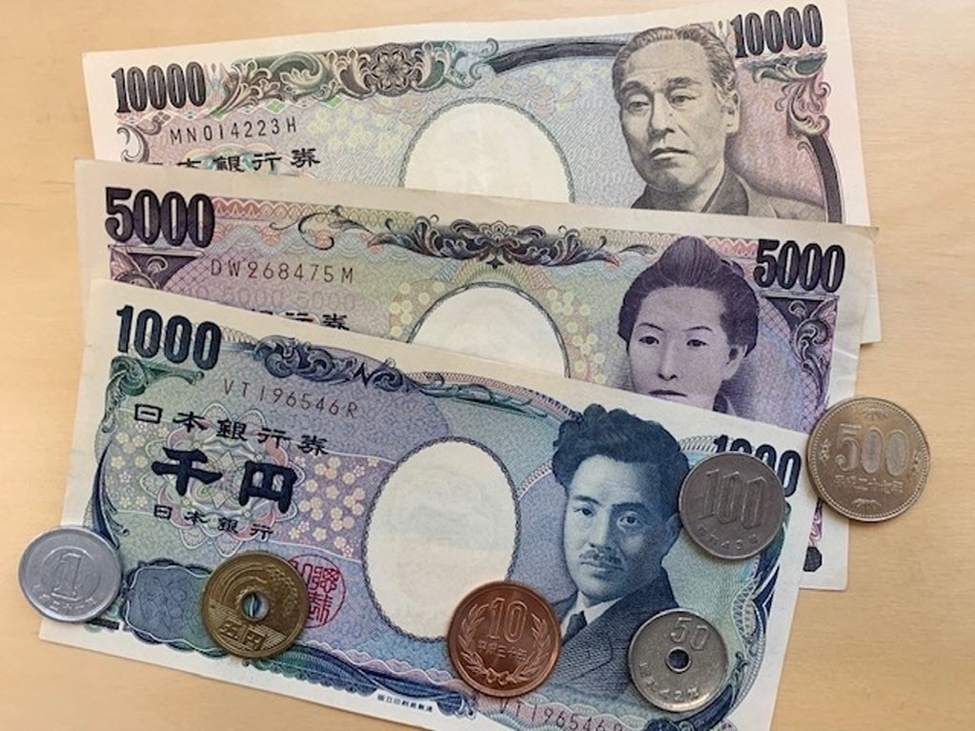Bank of Japan minutes of the September meeting. The meeting created some shock waves with two dissenters seeking an immediate rate rise. The minutes show cautious path toward further rate hikes amid trade uncertainty.
BOJ minutes highlight cautious rate-hike outlook, trade uncertainty and modest tariff impact.
The Bank of Japan’s September meeting minutes showed policymakers largely agreed that real interest rates remain very low, and the central bank will likely continue gradually raising rates if its projections for growth and inflation materialise.
Members noted “high uncertainty” surrounding global trade policy, emphasising that developments in tariffs and overseas demand could affect Japan’s outlook. Several officials said the BOJ should continue to scrutinise these effects before adjusting policy further.
A few participants argued it was appropriate to maintain current monetary settings for now to assess the impact of recent U.S. tariff measures and slowing global growth. One member warned that Japan’s economy could stall temporarily as a result of those headwinds and said monetary policy should continue to support activity in the meantime.
Still, several members acknowledged that the conditions for another rate hike are gradually falling into place, though stressed the importance of avoiding a surprise move. One policymaker said it “would not be too late” to wait for more hard data before proceeding with further normalisation.
Another member said it might be a good time to resume rate hikes, noting that more than half a year had passed since the last increase, but agreed it would be prudent to wait for more clarity on the U.S. economic slowdown.
Participants also discussed the wage outlook, with one member stressing the need to confirm—based on corporate profits and early wage-negotiation trends—that the recent pattern of pay increases will continue. Others said upcoming data such as first-half corporate earnings, full-year outlooks, and the Bank’s Tankan survey will provide valuable guidance for future policy decisions.
At the same time, one member said waiting to hike could improve visibility on the U.S. economy, but warned that the cost of delaying normalisation would gradually rise. A few members added that in weighing the costs and benefits of waiting, policymakers must remember Japan’s long battle with deflation, cautioning that excessive hesitation could undermine progress toward durable inflation.
Another participant said it remained appropriate to maintain easy monetary conditions as long as possible while inflation expectations remain weakly anchored, underscoring the need for continued support until price stability becomes more self-sustaining.
New details from the minutes also suggested some optimism: several members said Japanese exporters’ profits have built-in buffers against the impact of U.S. tariffs, accumulated over the past few years of a weaker yen. Another member noted the tariff impact has been smaller than expected and was unlikely to derail Japan’s economy, indicating some resilience despite external pressures.
Overall, the minutes reinforced the BOJ’s cautious, data-dependent stance, balancing gradual progress toward normalisation against uncertainties tied to trade, inflation expectations, and global growth.
—
Full text:
—-
From the day:
We had the “Summary of Opinions” from this back on September 30.
